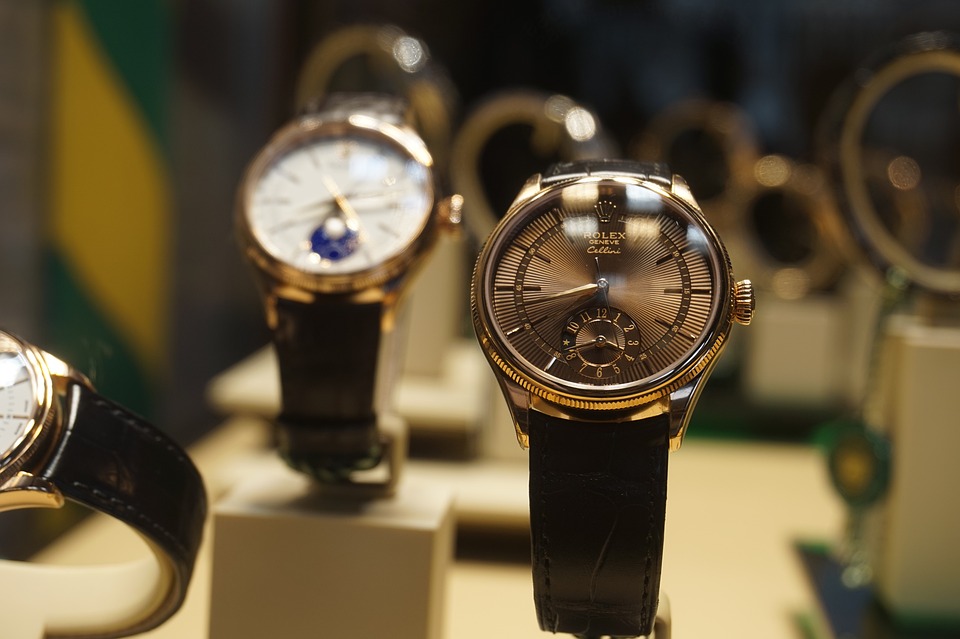How to Identify Real Moissanite Diamonds: A Simple Guide for Everyday Shoppers
Moissanite diamonds are becoming increasingly popular in the jewelry market due to their brilliance, durability, and affordability. However, with the rise in demand, there has also been an increase in the production of imitation moissanite diamonds. As an everyday shopper, it is essential to know how to identify real moissanite diamonds to ensure you are getting what you pay for. In this simple guide, we will walk you through the key factors to look out for when distinguishing between real and imitation moissanite diamonds.
Spotting Imitations Easily
Before delving into the intricacies of identifying real moissanite diamonds, let’s first discuss a simple and effective way to spot imitations. If a stone is labeled as a “moissanite diamond,” it is most likely an imitation. This is because moissanite is not a type of diamond; it is a gemstone in its own right. So, be cautious when encountering the term “moissanite diamond” as it is often used to mislead customers.
1. Brilliance and Sparkle
One of the most significant characteristics of moissanite diamonds is their exceptional brilliance and sparkle. Moissanite has a higher refractive index than diamonds, meaning it reflects more light and gives off a greater sparkle. To test this, place the stone under different lighting conditions and observe how it reflects light. Real moissanite diamonds will exhibit a rainbow-like sparkle, known as the “rainbow effect,” due to their high dispersion. Imitations may lack this vibrant sparkle, appearing dull and lifeless.
2. Color
When it comes to color, moissanite diamonds are generally near colorless. However, some moissanite stones may exhibit a slight yellow or greenish tint. This is why it is essential to compare the stone’s color to a known diamond or moissanite source. Imitations may have a more noticeable color tint, often appearing overly yellow or gray. If the stone you are examining has a distinct color that is far from being near colorless, it is likely an imitation.
3. Hardness
Moissanite is one of the hardest known gemstones, ranking at 9.25 on the Mohs scale of hardness. This makes it highly resistant to scratches and abrasions, making it suitable for everyday wear. To test the hardness of a stone, gently rub it against a known abrasive surface, such as ceramic or sandpaper. Real moissanite diamonds will not scratch easily, maintaining their brilliance even after years of wear. Imitations, on the other hand, may scratch or show signs of wear more easily.
4. Double Refraction
Another characteristic of moissanite diamonds is their double refraction. When looking through a real moissanite diamond, you may notice a doubling or splitting of images. This is due to its crystal structure, which causes light to bend differently than in diamonds. Imitations, such as cubic zirconia, do not exhibit this double refraction, resulting in a single, clear image when viewed through the stone.
5. Price
While price alone is not a foolproof method of identifying real moissanite diamonds, it can be a helpful indicator. Moissanite diamonds are generally more affordable than natural diamonds, making them an attractive option for budget-conscious shoppers. If a stone is being sold at a significantly lower price than other comparable diamonds, it is likely an imitation. However, it is important to note that the price can also vary based on the size and quality of the moissanite diamond.
In conclusion, identifying real moissanite diamonds is crucial to ensure you are getting genuine gemstones. By examining the brilliance and sparkle, color, hardness, double refraction, and price, you can confidently distinguish between real moissanite diamonds and imitations. Remember, always be cautious when encountering the term “moissanite diamond” and consult reputable sources or jewelers for further guidance. Happy shopping!

